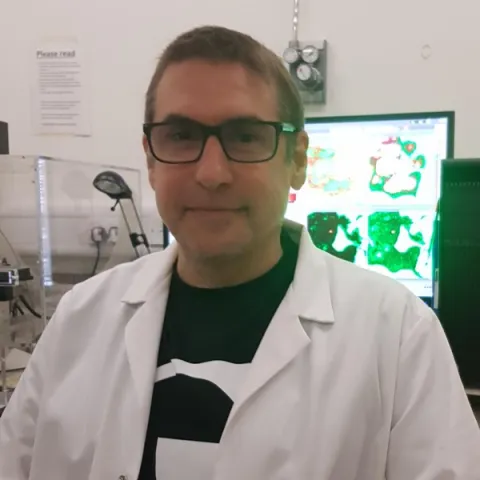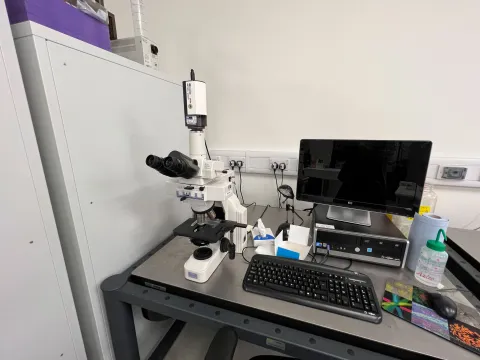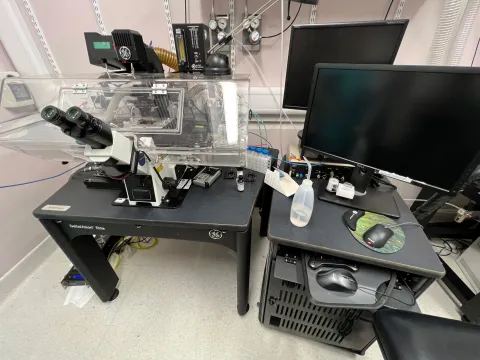About the Confocal microscopes
天发娱乐棋牌_天发娱乐APP-官网|下载 confocal microscopes provide high magnification and high resolution imaging.
The principle difference between confocal microscopy and conventional widefield fluorescence microscopy is that images are comprised of stacks of sections of a discrete thickness. These can be used for 3D microscopy.
Sections of a known thickness are also superior for making quantitative measurements such as protein expression. Confocal microscopes are also slightly higher resolution than conventional widefield microscopes, and provide a sharper, higher SNR image.
Part of: Imaging and microscopy centre






